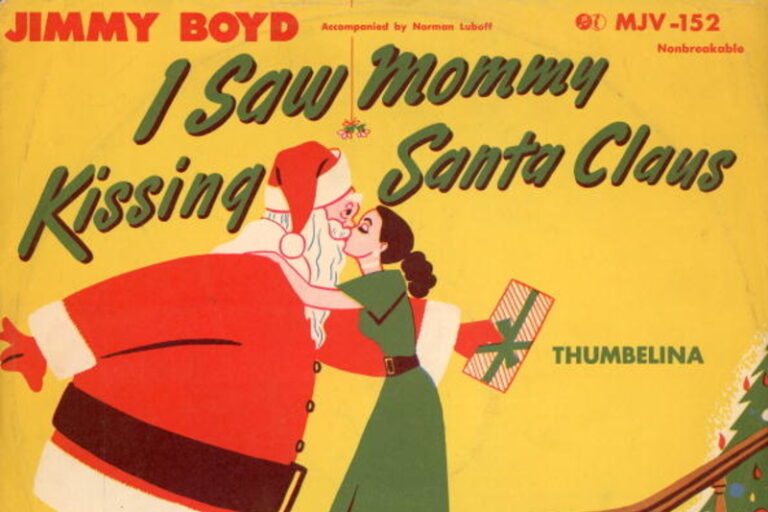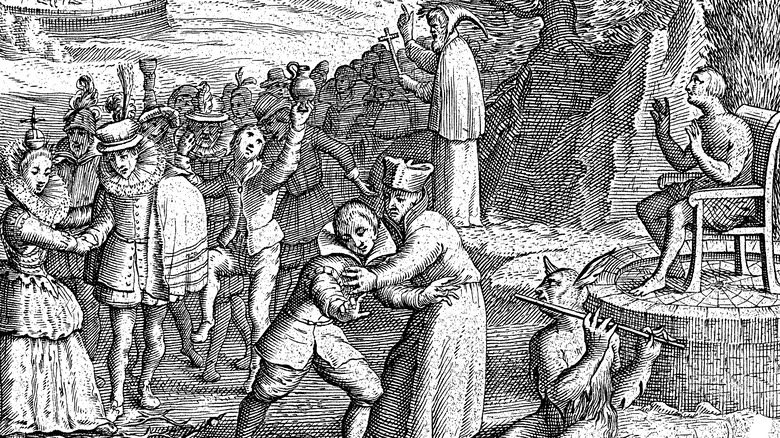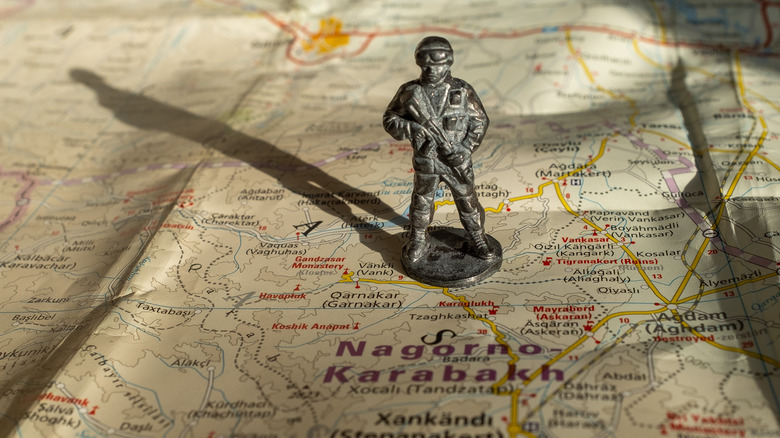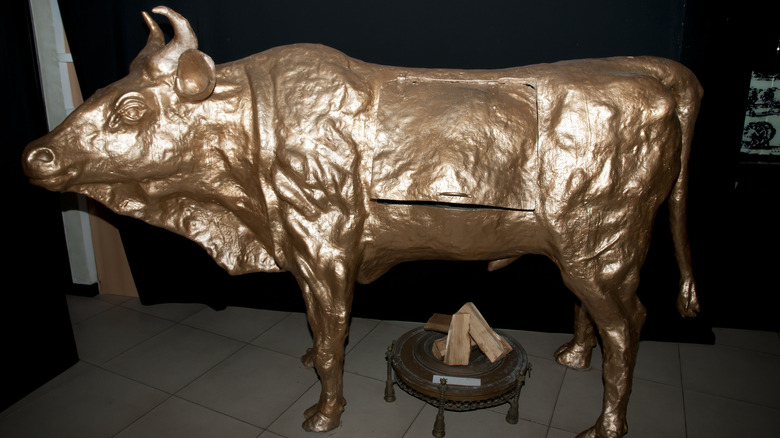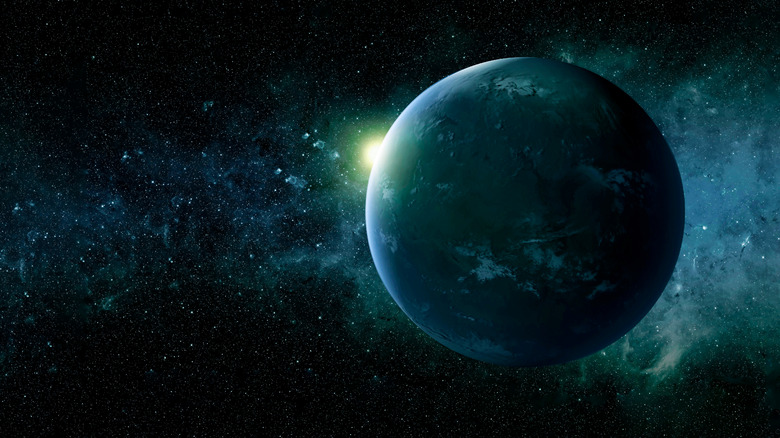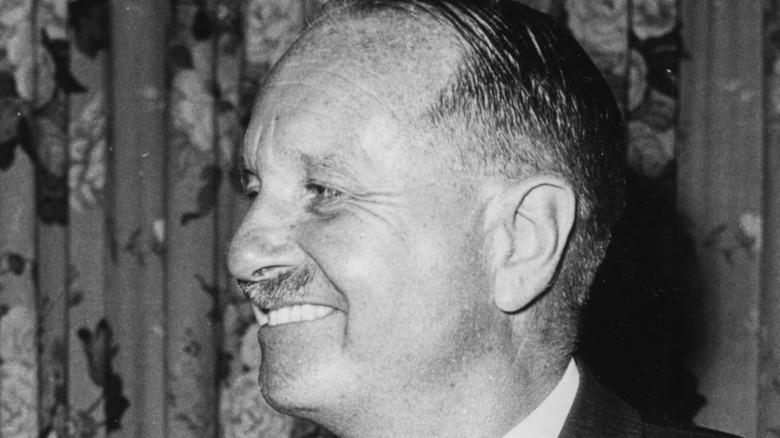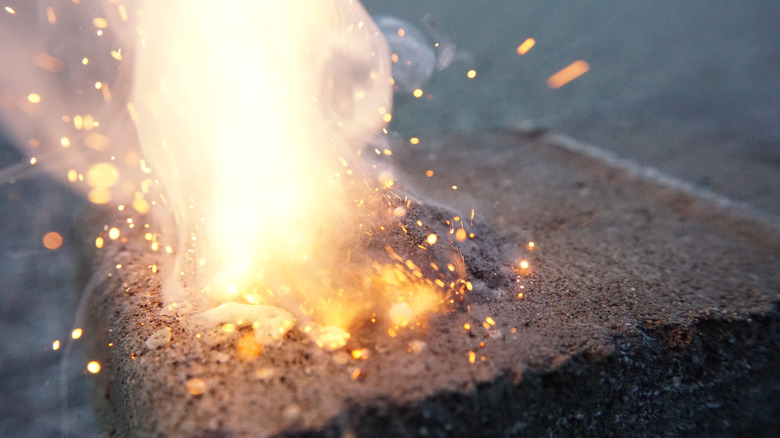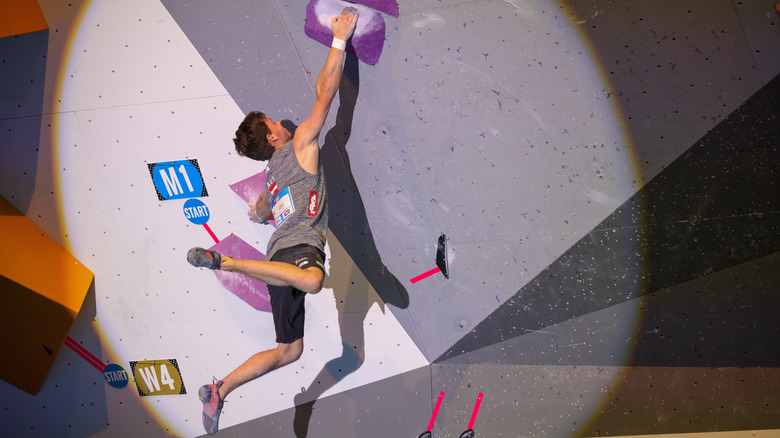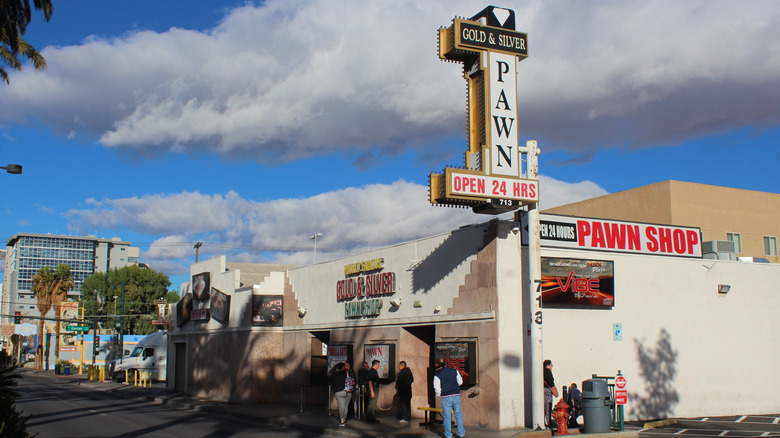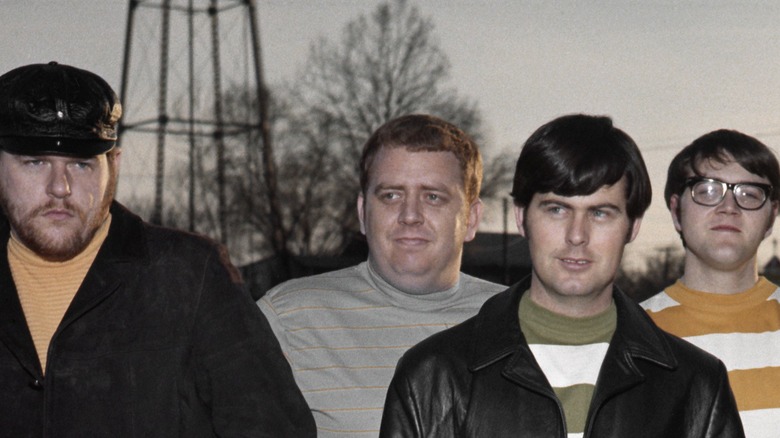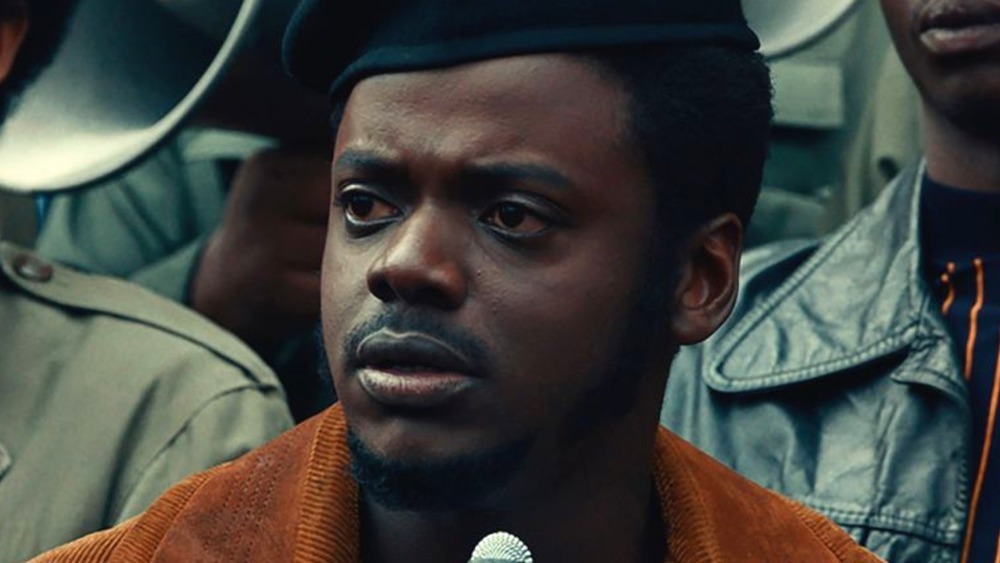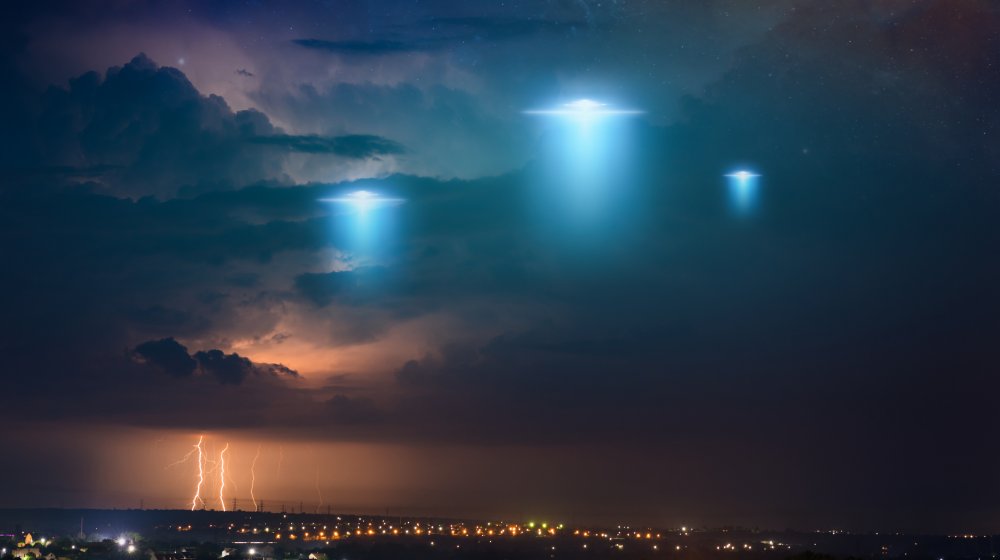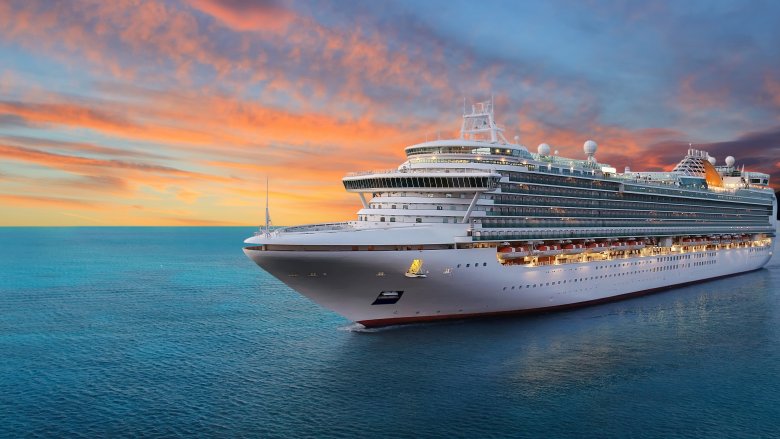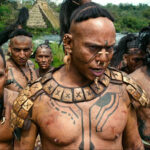
Incredible Historic Facts About The Ancient Mayans
While many remember the Mayans as the ones who predicted that the world would end in 2012, which we’ll explain later in this article, people may not realize that they were one of the most advanced civilizations of the time. This incredible civilization reigned for about 4,000 years, a quite impressive run at the time.
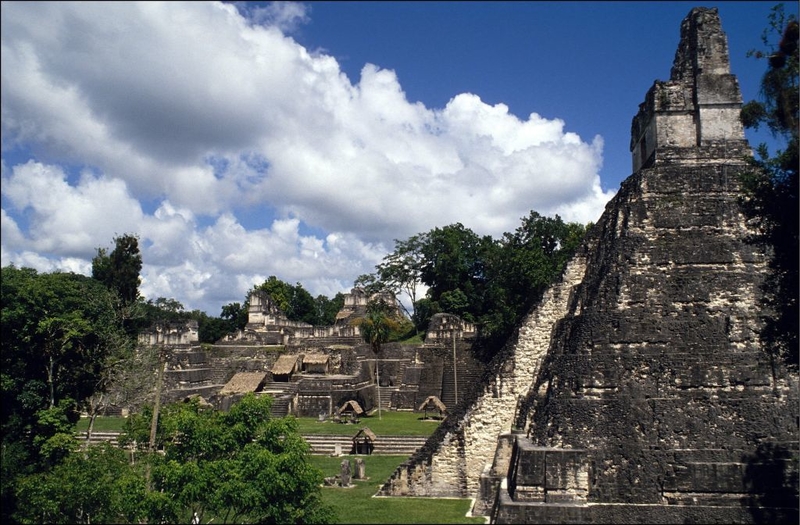
The Mayans created art, practiced medicine, built pyramids, and invented ball games. So, put on your best Indiana Jones hat and let’s find out how the Mayans lived and what caused their ultimate annihilation. We promise you’ll be both amazed and educated, and that you’ll be more than happy to share this knowledge with your friends.
Did the Mayans Really Predict Armageddon in 2012?
Ok, let’s start off by busting one of the most common myths about the Mayans. In the early 2,000s, it was quite in vogue to talk about the Mayan prediction that the world would end on December 21st, 2012. However, it wasn’t just one of those fun superstitions, like horoscopes. No, People were genuinely concerned that the world was going to end that year, and the prediction spread fear and anxiety across the globe.
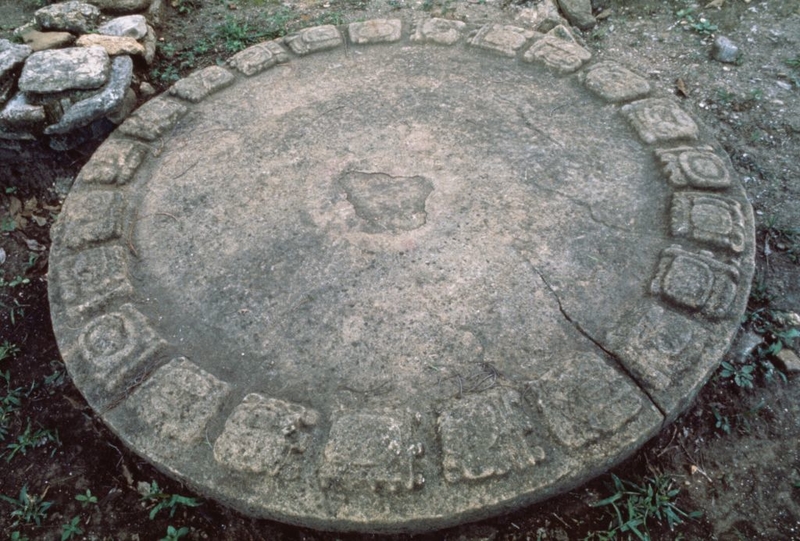
So, what was the root of the confusion? The Mayan’s impressive calendar simply “recycles” every 8,000 years (one cycle happened to end in 2012), as many people believe in Armageddon, this, along with mainstream media spreading confusion, lead to this widespread myth.
Theories Behind The Mayans’ Disappearance
It’s still unclear exactly what brought the end of the Mayan empire, but here’s what we know at the moment: during 700 to 800 A.D., there was an incredible amount of Mayans leaving their cities. While the reason for this departure is yet unknown, several theories on the subject have been raised.

One theory is that the Mayans were in a state of constant warfare and gradually lost their power, and because of this, their respect for the rulers. The prolonged fighting caused a shortage of resources, which motivated Mayans to leave their cities in search of a better future elsewhere. One thing that is known for sure about the Mayans, is that they were drawn to things that we would consider extremely weird…
The Mayans Had Some Strange Beauty Standards
It’s very common to see privileged ones in society spend much of their time and money on various beauty and cosmetic treatments. The Mayans were the same in that regard, the upper class did follow some pretty strange, and often dangerous, beauty trends, and the lower class tried their best to keep up.
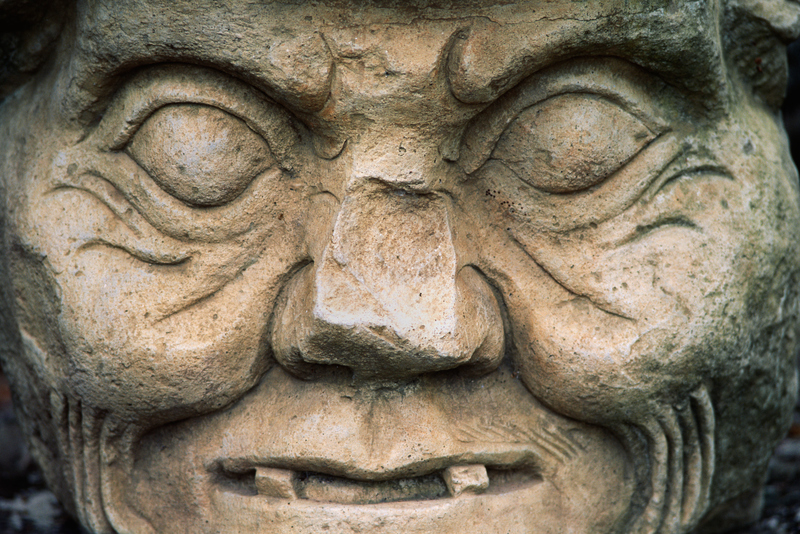
Some of the Mayans’ most sought after beauty traits were a flat and angled forehead, and get this — being cross-eyed. Instead of buying the latest Gucci bag or putting on some lipstick, the upper-class females spent much of their time sharpening their children’s teeth, running rolling pins across their foreheads, and training them to become cross-eyed.
Mayans Also Really Liked Their Ball Games
In our modern society, ball games like soccer, football, and baseball have become a staple activity in society. These games were found and estimated by examining various ball courts that were in use during the reign of the Mayans. One very popular ball game was named Pok-a-Tok, where players tried to bounce a ball through a hoop without using their hands or legs.
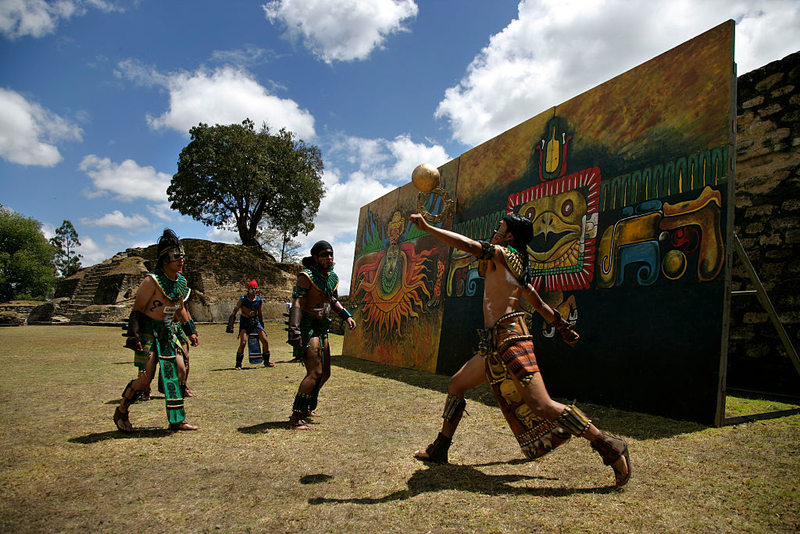
The Mayans often held tournaments, which were both entertaining and interesting, but also carried deep spiritual and religious meanings. Punishments for losing were very severe and included being sacrificed as a tribute to the gods. It wasn’t until Christianity came along that human sacrifices became regarded as taboo. The Mayans were only recently discovered to also be adept farmers. Here’s how and what they grew in their overgrown tropical forests.
They Were Excellent Farmers And Into Skincare
For many years, archaeologists and historians were sure that the Mayans couldn’t or wouldn’t farm in their tropical forest environment. This was a harsh and dangerous environment to cultivate, with overgrown vegetation, a high degree of humidity, and a lot of animals and insects that you’d definitely want to avoid. However, it was recently found that the Mayans were actually very good farmers, and managed to modify about 150 square feet of their tropical wetland terrain and cultivate almost 500 square miles of farmland.
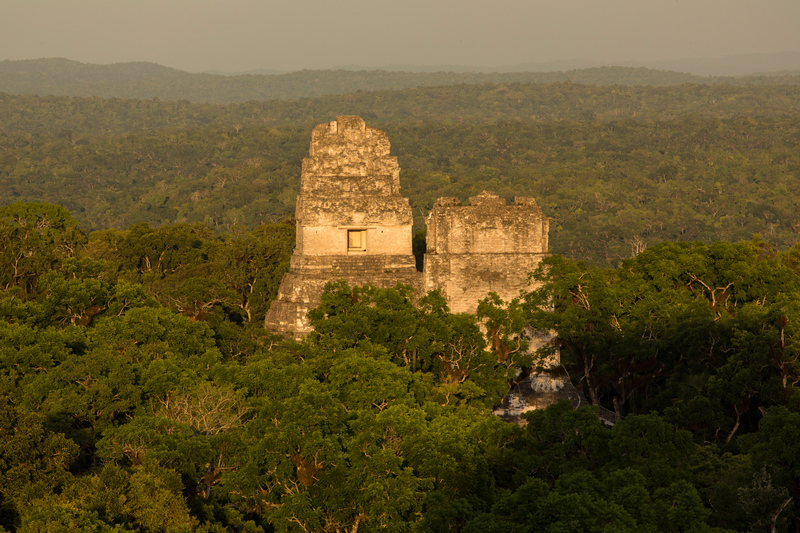
They have been known to grow quite an interesting array of delicious pineapples, chili peppers, cacao, squash, papayas, avocados, maize, and beans. Some of their uses were outside of the kitchen and were medicinal. Using plants and vegetables for their healing and antiseptic properties. Some plants were used for religious ceremonial usages, such as incense and oil making, and even what you might call “skin products”.
Human Sacrifice Was Rarely Performed On Their Own People
Religious beliefs in deities and God have been around for hundreds of thousands of years – pretty much since man was created and began searching for a higher being. The Mayans were no different, and it was deeply important to them to keep their gods happy by offering them the blood of the living.
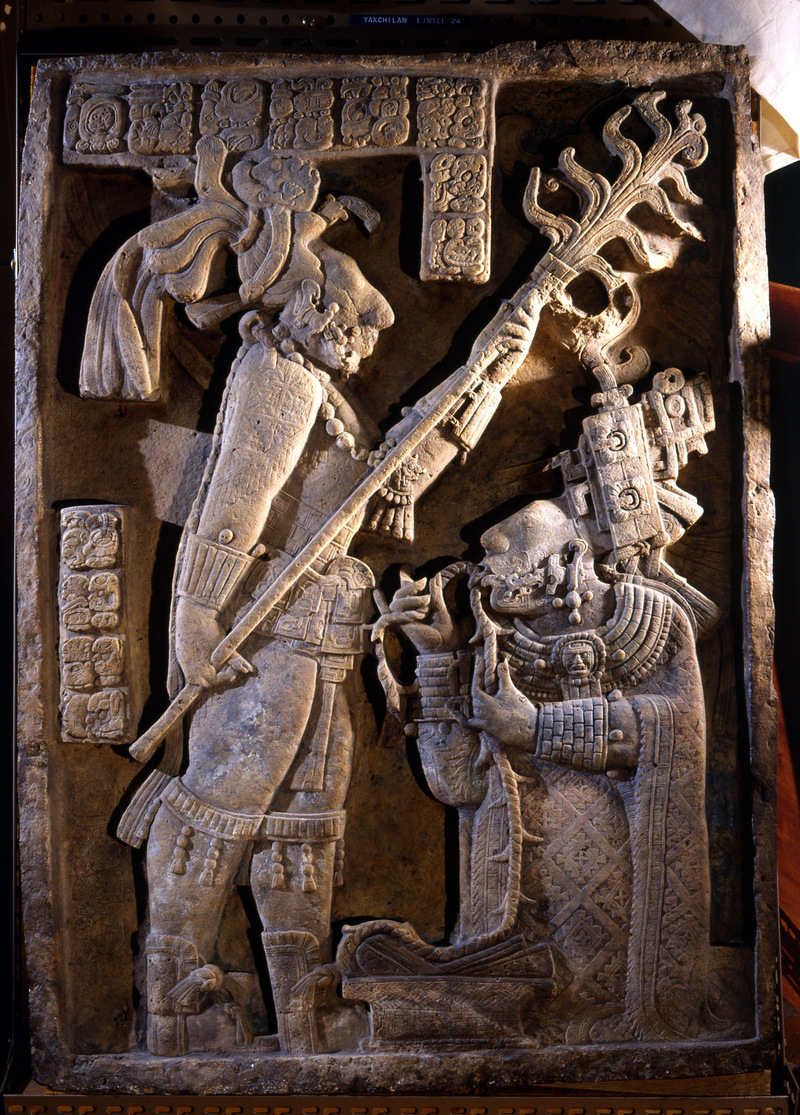
Although human sacrifice was regarded as a virtue, the Mayans had a strong preference towards disposing of those who were not part of their civilization. So, an enemy king was considered their most revered of prizes. Sacrifices were done in various ways, including decapitation, being speared by arrows, and the infamous Mayan heart removal, which was popularized in cinema. Body painting was an important part of the preparation process for the soon to be victims in the human sacrifice ritual. The Mayans believed they were doing others a favor by sacrificing them. Here’s why…
You’re Welcome!
Stories of the underworld and paradises appear in almost every major civilization that has been known to man, from the Greeks who believed that Hades ruled the Underworld which was guarded by his trusty three-headed dog, Cerberus, up to the modern Christians who literally believe in heaven and hell. The Mayans believed that people who die are transported into the underworld, called Xibalba, which consisted of levels, similar to the nine circles of hell described in Christianity, only much worse.
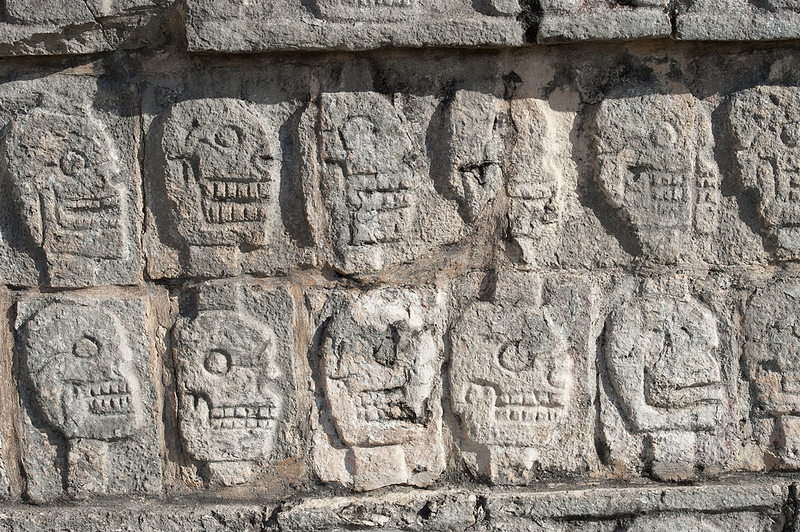
The Mayans believed that their underworld consisted of thirty-two levels, with the first nine required to get back to earth, and the next twenty-three to reach paradise. In their culture, this journey was a very hostile one with evil forces actively trying to prevent you from getting there in various painful ways. Several groups of people were exempt from this process. These included anyone who was sacrificed, women and children who died during birth, those that committed suicide, and anyone who dies while fighting on the field of battle. Mayans didn’t have just one God, instead, they worshipped over 165 different ones. And they were apparently much more like us than you might think. Read on to find out how…
Their Gods Were a Lot More Human Than You Might Think
Before the monotheistic religions, it was common practice to worship many gods, each representing various emotions and acts such as love, anger, lust, war and more. The gods that Mayans believed in would act much like humans, they would eat, drink, do their business, fight, debate and more.
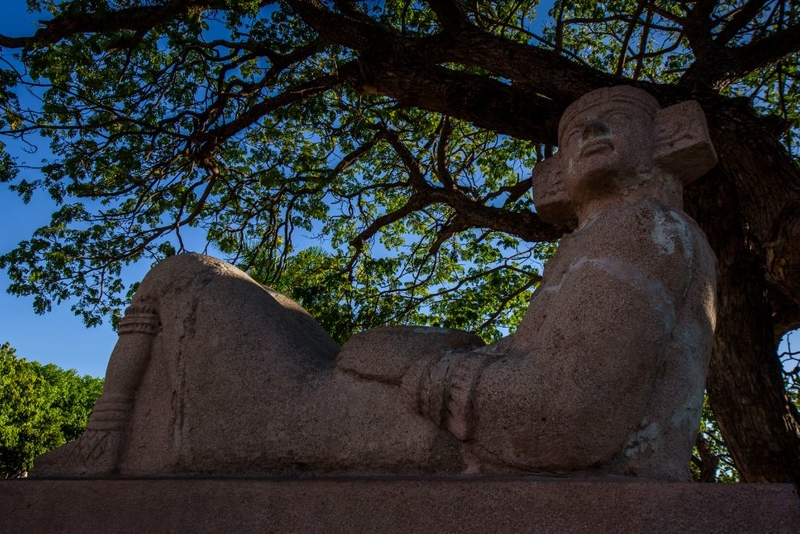
One very cool thing about the Mayan gods was that they were completely mutable, meaning that they could change almost anything about themselves including their gender, age, appearance and more. These gods were powerful rulers of every aspect of reality from controlling the weather to human emotions and even future events unfolding. This caused the Mayan scholars to have a tough time trying to name and define all of them.
The Mayans Built a Massive Infrastructure
Many people believe that the problems we are facing today in cities such as New York, Tokyo, and London are somehow new. Not only was overpopulation a common historical problem, it actually was successfully dealt with even by the Mayans, who had nothing close to the modern means we have today.
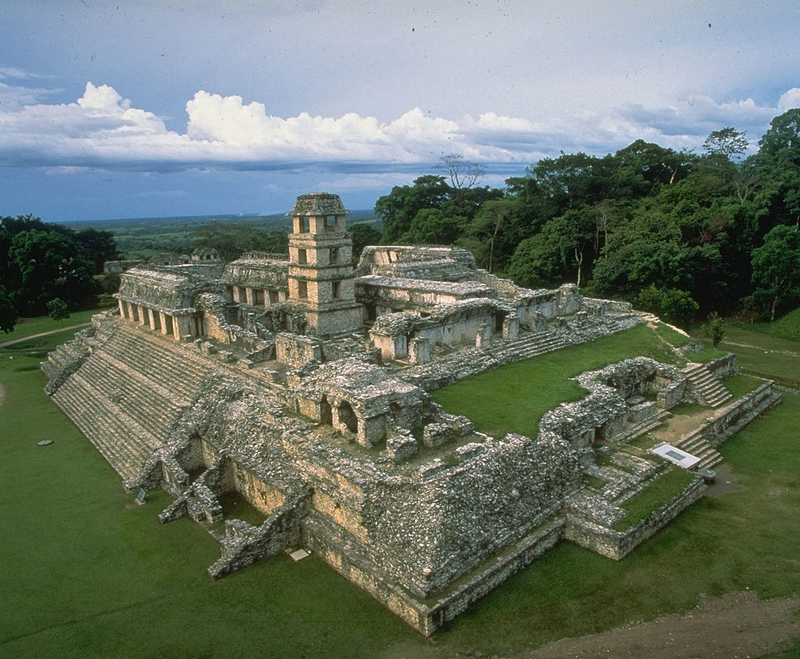
The challenges that they were faced with included the need for proper water supply, which led to the Mayans building a water management system which spanned across hundreds of square miles and had to be built by hand due to a complete lack of machines and vehicles. The main source of water for the Mayans was cenotes, which were surface pools of water, all of which were connected by an underground tunnel system that helped move the water. There have been more than 2,000 of these interconnected Mayan cenotes found by archeologists to date. In the real-estate department, Mayans were very careful planners and often put a lot of thought and strategy behind their buildings and structures.
Mayan Pyramids
Yup, contrary to popular opinion, not only the ancient Egyptians built pyramids! The Mayans did it way before it was cool. According to historians and archeologists, these triangular structures were mostly built for religious purposes, and there were two types of pyramids. The first was meant to be climbed by the citizens, with the goal of performing human sacrifices at the top. These were built as a long array of stairs that were challenging but possible to climb up.

The second type of pyramid was a sacred one. These were not built for climbing and mainly existed as temples to honor and respect the various gods. Just like in a good Indiana Jones film, these temples were built with various traps such as fake doors and steep stairs in order to dissuade any potential visitors who were not priests from entering these sacred quarters. These pyramids were also built with weather and astrology in mind and were often placed and constructed to create magnificent spectacles of light and shadow. For example, the El Castillo pyramid was built for the deity named Kukulcan and was purposefully constructed to create a shadow in the form of a snake, this is because Kukulcan, the aforementioned semi-god, is shaped like a snake himself in Mayan mythology. One of the most favorable construction ideas that were done in the Mayan culture, was to build new buildings on top of old ones, similarly to modern times. Here’s how they pulled it off…
Their Newer Structures Were Built On Top of Old Structures
One way that real estate developers and governments deal with a rise of the human population in fixed-sized cities is by continually building higher and higher buildings. New York City is a fantastic example of a city with seemingly more skyscrapers than regular buildings and it works wonderfully to take care of population density issues, except for parking and traffic congestion issues, of course. The Mayans used to deal with some very similar issues, and they solved them using the exact same methods of continually building higher on top of existing structures, but they did it in a very different way than what you may have imagined.

One of the more interesting things about many structures built by the Mayans is that they were built in a way where the roof was often ready to get more structures on top of it if needed. This allowed the building to resume when necessary. It’s important to remember that back then, building things took a LOT more time, sometimes decades, not mere years. As an example, an air photographer recently spotted a long building that was originally built about 2,500 years ago. The building had another structure on top of it, which was actually built 1,000 years later – as shown by archeological testing. We’ve stated before that the Mayans were quite a religious culture. Did you know they actually worshipped in caves? More about that now…
Mayans Worshipped Their Rain God Inside a Cave and Left Their Relics There
Back in the ancient days, there were some really insane religious beliefs and ceremonies, at least by today’s standards. One such example was a cave discovered just this year in Mexico’s Yucatán Peninsula, where Mayans would worship their rain God, Chaac, in the hopes of having a fruitful and productive winter. It’s been claimed that the cave had over 150 ancient Mayan relics perfectly intact inside the cave, as it had not been touched by humans for more than one thousand years.
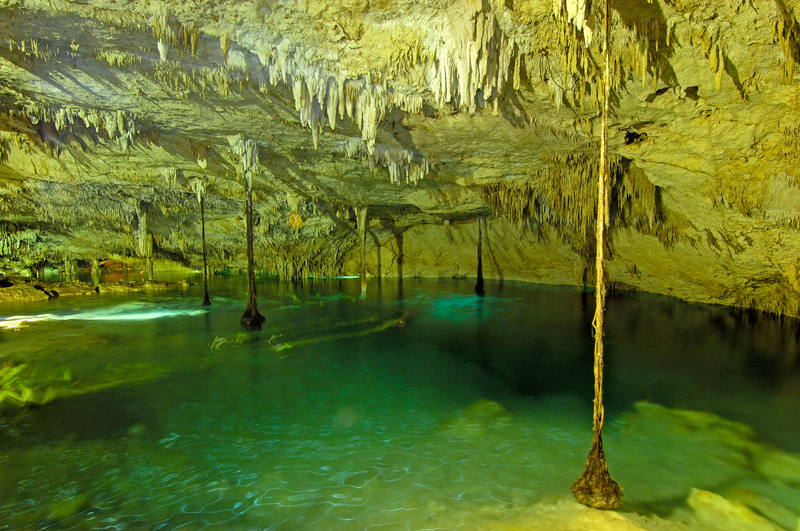
These caves aren’t just regular places for the Mayans. Holley Moyes, a Maya historian from the University of California, explains that In Mayan mythology, caves represented the entrances to the underworld and were considered as some of the most sacred spaces on earth. Researchers found various items in these caves, including incense, food offerings in bowls, and what appears to be clay art representing the rain God, Chaac. It seems their attempts were successful, as the Mayans thrived for many more years to come. This abundance of resources is speculated as one of the chief reasons why the Mayans eventually disappeared. Here’s how their quick growth ended up negatively affecting them…
Depleted Natural Resources Due to Unexpected Overpopulation
The more prosperous a society later becomes, the faster its population grows. Our population on planet earth was five billion people merely a few decades ago and is quickly approaching ten billion in the next few years. The same thing happened with the Mayans, where it’s highly speculated that the population experienced an unprecedented growth spurt due to an overabundance of resources. Their infrastructures were allegedly not built to handle such a large population at the time, causing forest destruction and depletion of natural resources.

This is in spite of the Mayans having some brilliant strategies for clever saving, such as rotating crops to preserve the soil. These millions of people could have also been wiped out due to a severe drought that lasted for more than a few years, because unlike our society — Mayans did not have access to canned goods that can keep feeding the population for many years regardless of harvesting and farming shortages. Then there was also the problem of water, as it would be nearly impossible to give water to millions of Mayans in the case of a severe drought, despite their intricate irrigation systems. Luckily for us, the Mayans invented one of the earliest written languages in human history and liked to write, a lot. However, these documents did not all last due to the Spanish forces. More on that next…
They Invented One of the First Written Languages
One of the most tragic things that happen during wartime is the systematic destruction of various documents, journals, and art pieces, either by the winner of the war as an official declaration of supremacy or in many cases, by the loser, in an attempt to hide sensitive information. It’s quite self-evident why history and society take great interest in the knowledge and discoveries of the Mayan people, as there were many great benefits to be gained there. Luckily, they employed one of the earliest written languages in mankind’s history. The Mayans were heavy writers and tended to write often on everything including stone, stucco, wood, pottery, and even clothes.
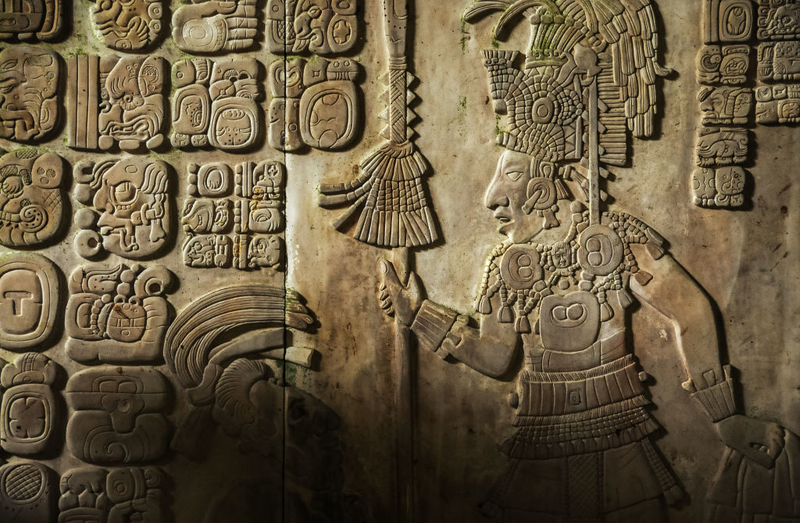
Although their complicated language took many decades to figure out, it was no match for the combined intellect of many of the world’s finest historians and language experts, who managed to decipher it in the early 20th century. Unfortunately, the Spanish destroyed the majority of that writing when they conquered the Mayan territory, leaving only a small minority of the original writings left in the form of stone monuments from the priest’s altars. It’s been noted that they wrote about almost every subject, and had a very philosophical point of view about the nature of personal property, culture, and religion. Although the Mayans were deeply religious, they were also very adept at the time in health practices which have been improved but not stopped, even in modern times. Here’s what they knew about it…
The Mayans Had Advanced Medical Procedures, Including Surgeries
The Mayans were ahead of their time when it came to treating sick patients, as they had acquired knowledge as to the importance of hygiene, avoiding bacteria and viruses (at least implicitly), keeping wounds clean and away from germs, and more. Some examples of their medical practices include using human hair to suture wounds, effectively keeping them closed and clean, and even dental surgery, when teeth would get replaced by prosthetic ones from jade, turquoise, and pyrite (these prosthetics were even considered beautiful in the Mayan culture).
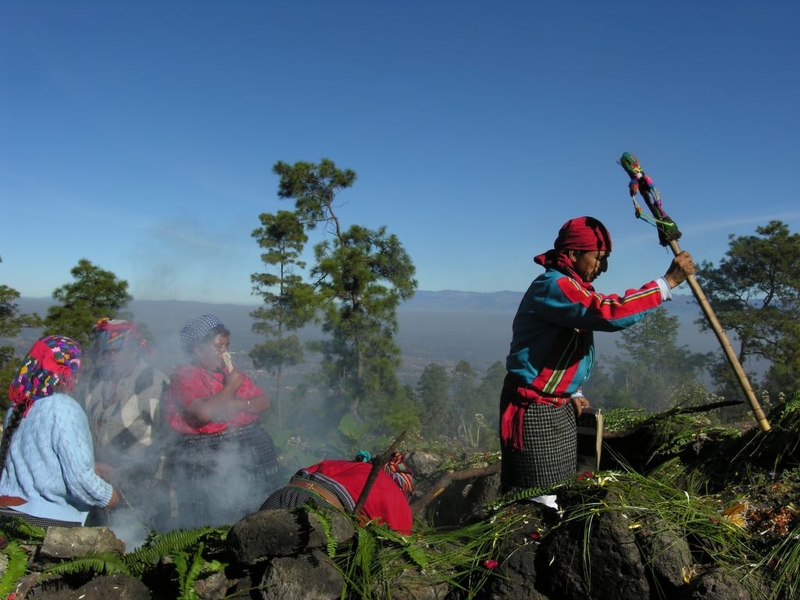
The Mayans, being heavily steeped in myth and religion, often viewed disease and injuries as punishments from the gods. Mayan health experts would often ask their patients to confess whatever sins they had committed, believing these had a large part to do with their illness. These doctors would prescribe patients medicinal herbs, or to go to sweat baths, similar to saunas.
Mayans Preferred to Use Obsidian Weapons Over Metal
When humans found out that they can actually mold metal and turn it into weaponry, it didn’t take us long to create the first knives, swords, spears, and eventually guns. Metal weapons have been in use for thousands of years at this point, but the Mayans stayed away from this material almost completely. Instead, their primary ingredient for carving out weapons of war was obsidian, a dark and smooth volcanic glass that can cause some serious damage when used as a blade. Mayans would sharpen their obsidian blades to the point of being sharp enough to literally pierce Spanish steel armor.
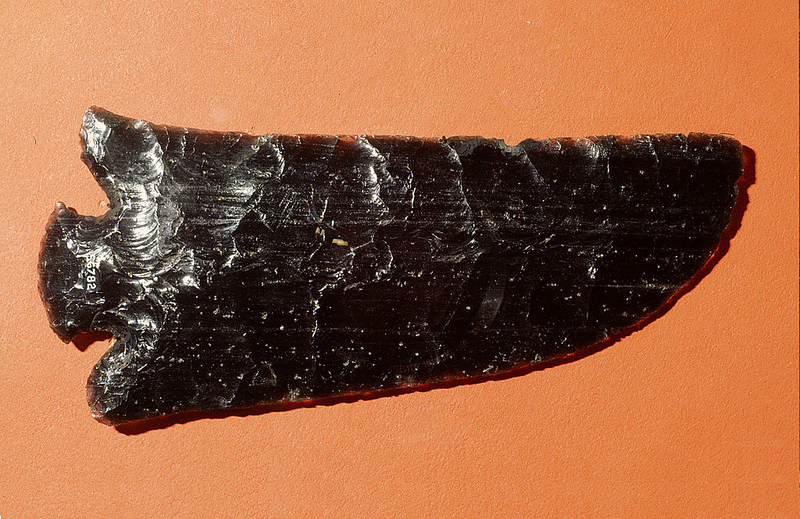
The Mayans were also adept at ranged warfare and would carve darts and arrows from the same volcanic material. Another weapon often used by the Mayans was an atlatl, a tool that uses great amounts of leverage to hurl spears and darts at ranged opponents. The atlatl was so powerful that they had to move instead to bows and arrows, since it would throw the darts and spears so fast that they obsidian would often shatter on impact, drastically reducing the damage that the target would receive and also destroying the chances of using them again later. We’ve already touched the false notion about the Mayans allegedly predicting the end of the world in 2012, but there were a lot of deep and incredibly interesting things about their calendar. Here’s the short explanation…
For Mayans, Calendars Were More Important Than Almost Anything
Love it or hate it, the calendar is the tool we use to help make sense of our days. We consult it when we want to know what our agenda is for the day, we check it to see how long it is until the paycheck comes in, we use it to set up dates and appointments, and even create predictions by setting goals and sticking them to later calendar deadlines. The Mayans also had a strong attachment to their calendar and could teach us a thing or two about the motivational significance of them. According to Mayan mythology, the first set of men and women were destroyed by the gods as a punishment for not consulting with their sacred calendars. This is why the Mayans devoted a lot of time and effort into perfecting their calendar system.
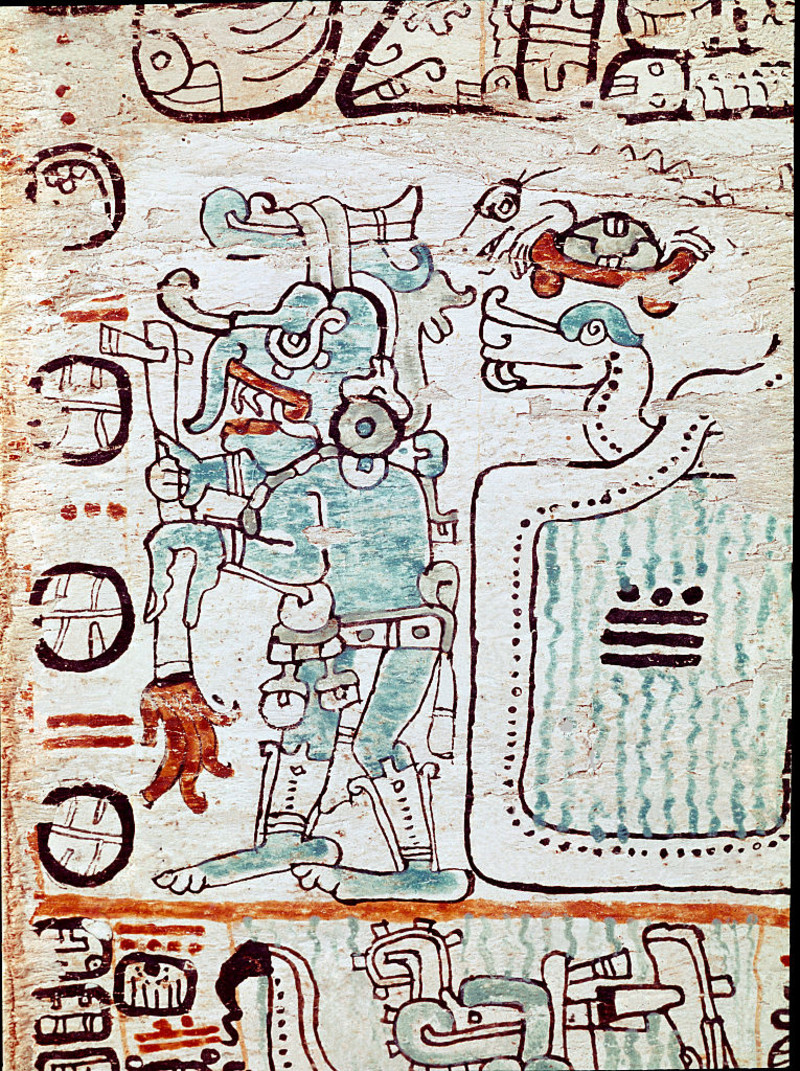
Based on the Mayan calendar, there are two types of events to track. On the one side, there is a secular variety of things. These could be anything from appointments to goals and so on and so forth. They believed these can be adhered to or dispensed with at your own suggestion. On the other hand, there was the sacred portion of the calendar, which tracked astrology and holidays fo the gods. They believed that this part of the calendar should be given the utmost respect and attention and that it even predicted the future. Priests and scribes would attempt to read the sacred calendar and make predictions based on what they found. These predictions would then be passed on to the king, who would relay the information to his faithful constituents.
Mayans Were Fluent Speakers of Many, Many Different Languages
A lot of people believe that because the Mayans were a single nation, they spoke one official language. We also tend to assume that the language was called something along the lines of “Mayan”. Well, when it comes to historical backgrounds, the Mayan empire was actually made up of a large number of small groups of people, each of which had their own dialect. These dialects eventually evolved into their own fully developed languages, making the total amount of languages spoken in the Mayan territories to be anywhere from 21 to 70 different languages.
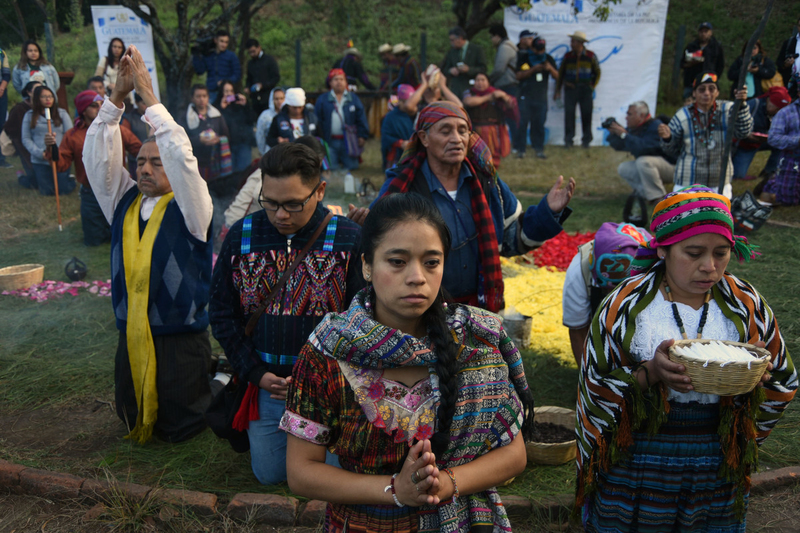
All of these languages descend from one original meta-language called the Proto-Mayan language, a younger version of the spoken languages that dates back more than five thousand years ago. This is a very similar situation to what happened in Europe, with the meta language of Latin gradually developing into various versions and dialects of languages from English to German. The main Mayan meta language is said to have broken off into six different branches of development, or “sub-languages”, these six branches of Proto-Matan are: Quichean, Yucatecan, Qanjobalan, Mamean, Co-lan-Tzeltalan, and Huastecan. As cool as this may sound, here’s something infinitely cooler, did you know that the Mayans still exist to this day?
Yup, Mayans Are Still Very Much With Us Today —
Another common misconception regarding the Mayans is the belief that they were completely destroyed back when they were conquered and decimated by the Spanish forces. This is false since the fact remains that there are still over six million people alive today, who can perfectly speak one or more of the many Mayan languages, and are direct descendants of the original Mayan empire. These living people have preserved much of the Mayan culture and tradition, minus the less sympathetic parts where they sacrificed other human beings to appease the gods. Or at the very least, that’s what the official word says they changed.
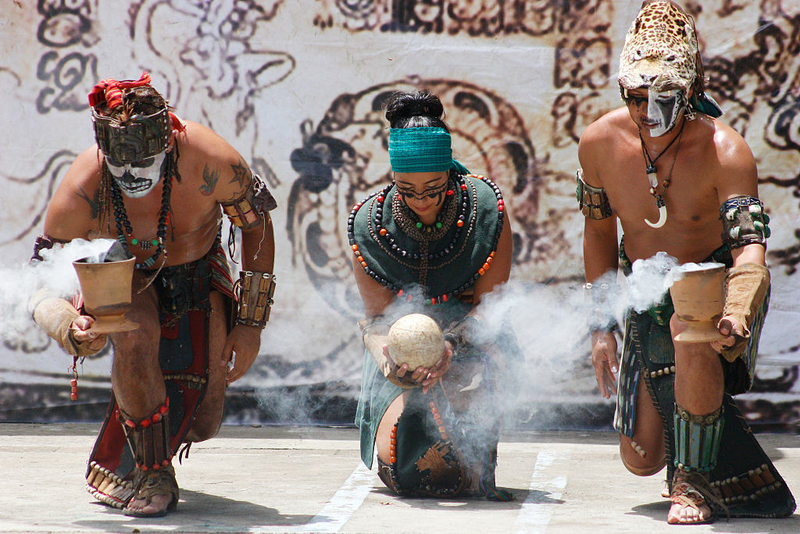
You can find modern Mayans throughout southern Mexico and northern Central America. They are said to be divided into various tribes such as the Yucatecs, Tzeltal, and Tzotzil. On a lighter note, they still like to play the Pok-a-Tok ball game, now known as Ulama. We’re happy to let you know that losers in these matches no longer get offered to the gods as human sacrifice either.
The Mayans Were Chocoholics
Almost everyone in the world loves chocolate. Whether it’s sweet chocolate, dark chocolate, white chocolate, or any other kind — there’s not much dispute about its awesome qualities. Chocolate is scientifically proven to make people happier, improve blood flow, and generally taste amazing. It can make your day brighter and is definitely a gift from the gods. The Mayans were very fortunate because they had a direct source of near-infinite amount of chocolate since cacao naturally grows in the rain forests of South and Central America. The Mayans quickly adopted the tasty material and found various ways to process and consume it as far as 2,600 years ago.
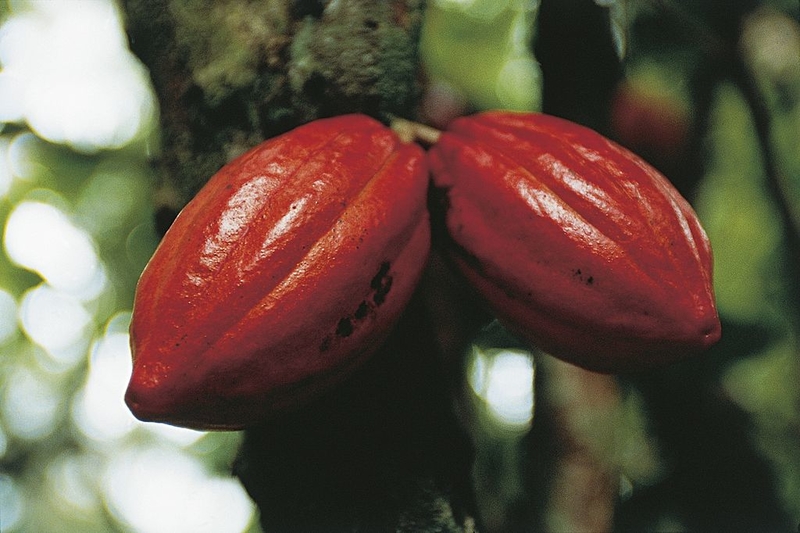
What’s even cooler than the incredible supply of cacao they had, is just how the Mayans chose to use and consume their cacao. It’s been widely suggested that Mayans would often mix cocoa with water, honey, chili peppers, cornmeal, and other ingredients to create their version of a chocolate shake. They would often drink these foamy shakes at festivals, rituals, ceremonies, and celebrations. It’s been proven by science that chocolate has the characteristics of an aphrodisiac, which might explain the population growth spurts that got the Mayan population to almost twenty million strong. We’ve joked previously about the Mayans beauty standards and their tendency to replace teeth with precious stones. Let’s check out just how far this joke actually goes…
Mayans Invented the World’s First Rapper Grills
In today’s culture, many rappers and would-be gangsters tend to plate and embellish their teeth with various precious materials such as gold and diamond. This is apparently considered to be a status symbol among these cultures despite looking absolutely ridiculous to the average citizens. You’d think that this kind of delicate dental surgery, where a person’s teeth are plated or replaced with a replica from another material, would be somewhat of a modern invention, both because of its usually menial purpose and because of the high requirements for hygiene and sanitation. Apparently the Mayans managed to crack it first and had been doing dental surgeries very similar to today’s literally thousands of years before science was even invented.

The high-class Mayans would often replace some of their teeth with various stones and diamonds such as jade, pyrite, hematite, or turquoise by inserting them directly into their teeth! The surgery would get done by drilling small holes into a person’s teeth and then filling them with these precious materials. This was considered a very vogue thing to do and was a recognized sign of beauty and influence in Mayan society. Kind of like having your own Ferrari or mansion, just a lot less fun and with a lot more toothache. If that’s not going deep enough into the Twilight Zone, you might be interested in knowing that Mayans actually tried communicating with their gods by using enemas. Yup. Enemas. More on that in the next entry.
Mayans Would Often Try to Communicate With Their Gods, By Giving Themselves Enemas
Look, even the most advanced ancient civilization in the world is bound to have some wacky ideas. You don’t get yourself to the top of the technological ladder without a few looney ideas along the way. Don’t forget that the guy who invented the radio was put in an insane asylum by his friends when he told them about his idea of a way to communicate through the air without wires. Anyway, the Mayans were a very religious and spiritual empire and tried many ways to communicate with their many gods and deities to gain their favor and attempt to predict the future.
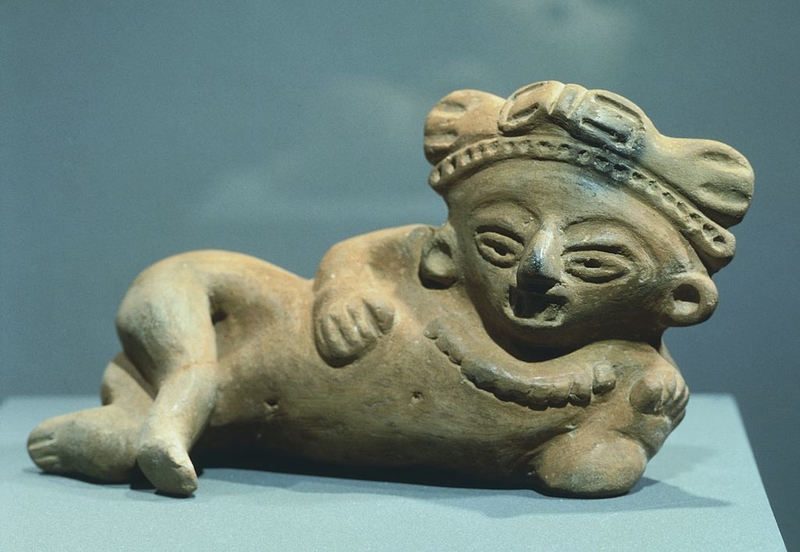
One such attempt was made by the Mayans getting themselves drunk to the point of seeing themselves talking to spirits and attempting to gain some spiritual insight from these encounters. The problem with getting yourself wasted on highly alcoholic substances with a few psychedelic agents thrown in for good measures, is that you tend to vomit the contents of the beverage out a short time after putting it in your body. One way the Mayans found to circumvent that problem, was by injecting the mixed liquid straight into their rears via an enema. This practice was put into art by Mayan pottery that suggests these spiritual enemas were actually quite a common thing. It seems that the Mayans were even more advanced than our modern counterparts when it comes to harmless mind and consciousness-altering substances. While we’re on the subject of psychedelics and other Woodstock related experiences, we thought you’d be interested in learning more about the Mayan’s insanely large collection of mushrooms! Up next…
They Were Master Collectors of Many Kinds of Psychedelic Mushrooms
There is a common theory amongst the supporters of mind-altering drugs that psychedelics that when used properly, can elevate people to higher levels of consciousness and induce their inner genius to awaken. This has been seen multiple times throughout history, with iconic figures such as Steve Jobs, founder of Apple, who’s been known for using various psychedelics in his youth and going through several spiritual experiences. Going back to ancient times, many historians suggest that the Mayans had at their disposal over 50 kinds of psychedelic mushrooms which were often used to induce spiritual and religious experiences.
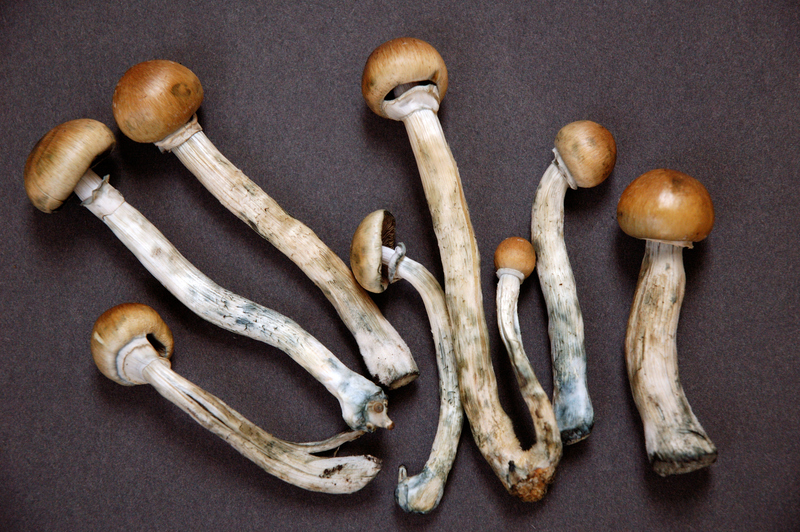
The correlation between the Mayan’s propensity for spiritual hallucinations and their advanced development and understanding of never before seen technology would probably never be properly investigated due to the vast amounts of missing and destroyed documents. Either way, it’s a very interesting subject that will, unfortunately, be forever relegated to the category of speculation, but it’s certainly fun to speculate. If you think having an arsenal of hallucinogenic mushrooms at their disposable was special, wait until you hear about what they did with toads…
The Mayans Hunted Toads For Psychedelic Uses
The Mayans were definitely “heavy drug users”. In fact, they got to the point where they thought it would be a good idea to start getting high off toad excretions. Their toads of choice had salivary glands that created a toxic liquid called bufotoxins that caused those who came in contact with it to hallucinate.
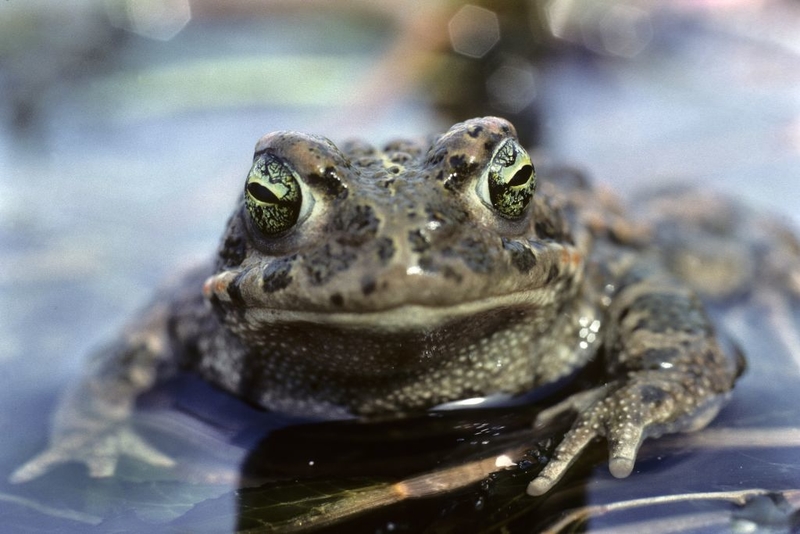
The Mayans made an even more potent psychedelic vehicle when they would scalp the toads, and dry their skins and mix it with alcohol and tobacco. This potent mix made the hallucinations even more powerful. How innovative, huh?
Mayans Believed Sacrificing Blue People Caused Rain to Fall
Various nations and religions have attached different meanings to colors. For example, the United State’s flag is made out of three colors — white, red and blue. The white color signifies purity, the red color is meant to show bravery, and blue is the color of vigilance and justice. One of the most important colors for the Mayans was blue, it played a very big role in their art because it signified first and foremost, the color of their rain god, Chaak. This meant that anyone who disrespects the color does it at their own peril of draught and death of crops.
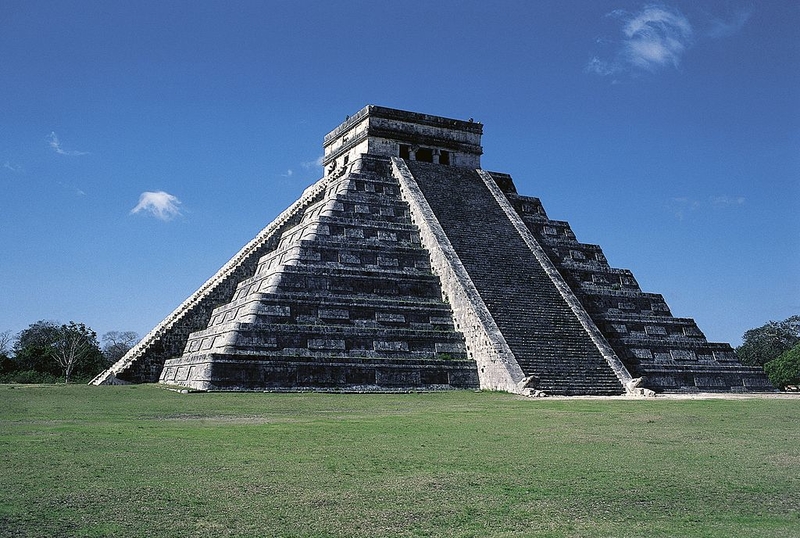
Mayans would ask Chaak, the rain god, to provide them with rain by sacrificing a human they had painted…you guessed it, blue. That person would get thrown into the altar alive and while their beating heart was cut out and taken straight out of their chest. As mentioned previously, the higher the status of that person, the more “fitting” and “appeasing” the sacrifice was considered for Chaak.
The Mayans Pioneered The Modern Day Sauna
In today’s health-conscious world, the benefits of taking a dry or wet sauna are substantiated, sitting in a sauna for 15 to 30 minutes can do wonders for your cardiovascular system, relieve stress, detox your body and help rejuvenate the cells. There was one empire that had been using them long before Rome ever came to power.
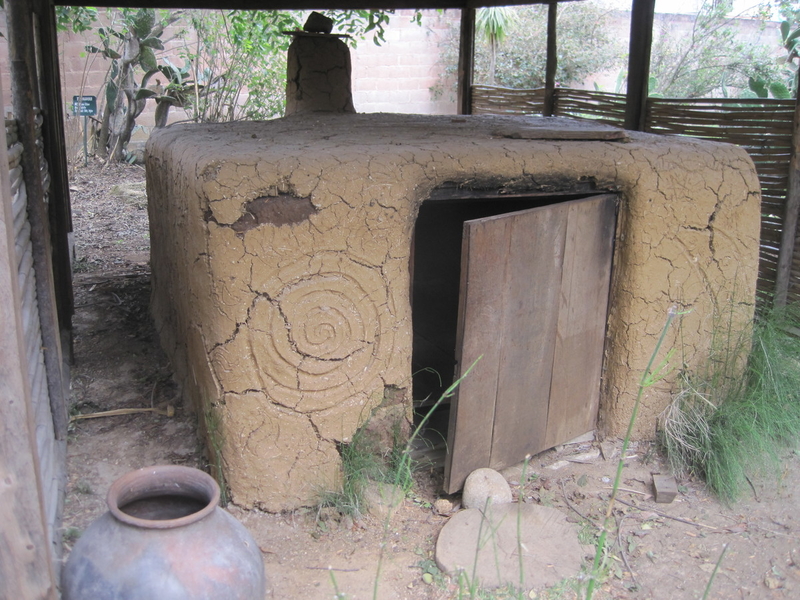
The Mayans had been using saunas for well over 3,000 years ago, thanks to some fantastic technologies they discovered. Sweat baths were discovered by archaeologists in northern Belize, Guatemala and El Salvador, with some of them being 1,000 years older than Jesus Christ. These structures were built as a way for the Mayans to cleanse themselves by sweating out toxins, most likely before or after the crazy enema-induced mushroom trips they were taking. These were made of stone and adobe, and were fully functional.
They Had Their Own Ball Game
Every civilization in history has had some form of at least one sports game that they either invented or adopted from other cultures. Athletic games are an important part of every civilization and are a perfect way for males to let out aggression in a non-violent way while competing to rise to the top of their status hierarchy (at least in a historical sense). These games would often also feature some form of group play, which helps the development of social skills and a sense of belonging. If you visit cities like Chichen-Itza, where the Mayans were once a dominant force, you’ll find many ancient ball courts like the one in the picture above.
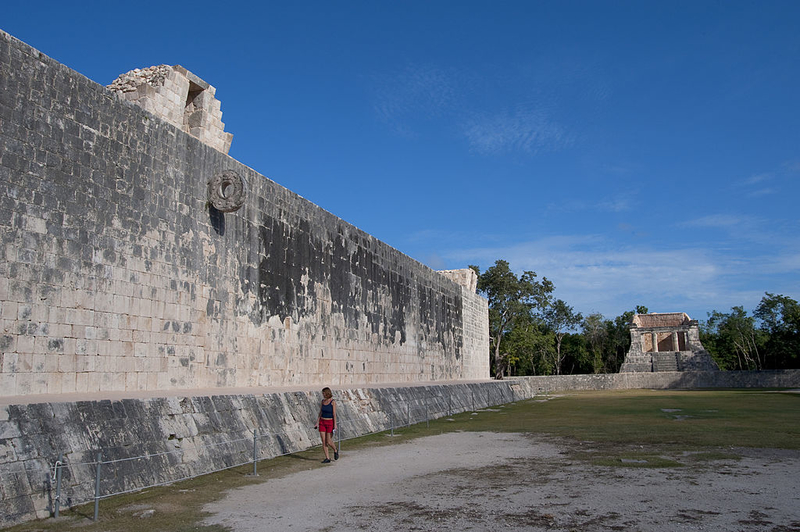
One of the most famous games played by the Mayans was a ball game called “pitz”. It was a unique mix of soccer and basketball, where players would kick a heavy rubber ball roughly as big as a soccer ball, with the goal of shooting it through very tall stone hoops. Players weren’t allowed to use their hands to play, and would often wear protective gear around their ribs, knees, and arms, to avoid potential harm coming to them. It sounds like fun! Despite how awesome this game may sound, it wasn’t just a fun way to pass the time. Pitz was a serious game with strong religious roots, and the Mayans believed their survival depended on it.
Pitz Was A Very Serious Religious Game
It’s not every day that a civilization’s entire mythology rests on a playful ball game. This is exactly the case with the Mayans and pitz, a game that is part and parcel of their entire creation myth. You see, the Mayans believed that life on earth began after two godly brothers challenged the lords of the underworld to a game of pitz and won. It’s almost as if the Christians believed that the world would end because God played a game of football with the devil and scored a touchdown.
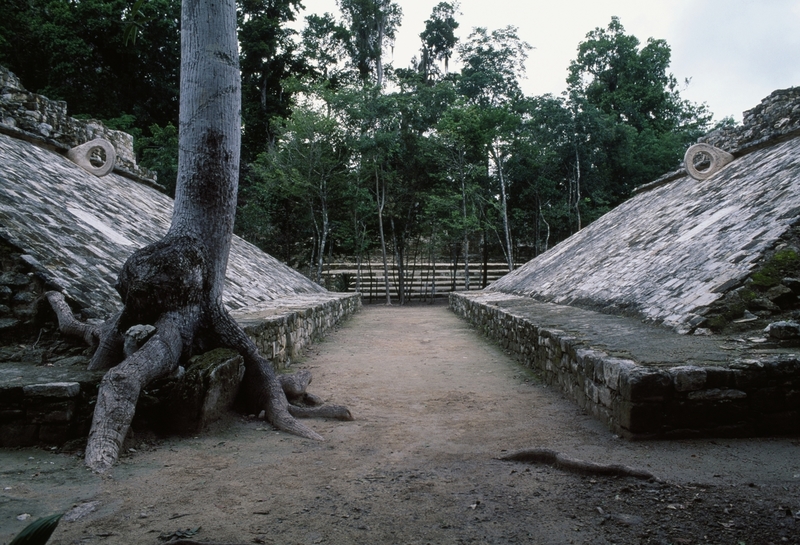
This legacy means the game of pitz is absolutely sacred for the Mayans, which makes every game both a spiritual experience and also a literal matter of life and death. The former is because of the religious background behind the story, symbolizing the devoted fight between good and evil. The latter is because losing the game might just result in your death through an act of human sacrifice. This is one game you definitely don’t want to play while drunk or high as the Mayans after were.
Mayans Kept Turkeys As Useful Pets
When most people think of the word ‘pet’, the first words that come to mind are usually dogs, cats, parrots, etc. When the Mayans thought of pets, the first animal they had in mind was the turkey. You might ask yourself what possible use could these advanced ancient people have had with an annoying bird whose main claim to fame is being a relative of the T-Rex. Apparently, Mayans have been using these big birds a long time before they became America’s favorite Thanksgiving meal.
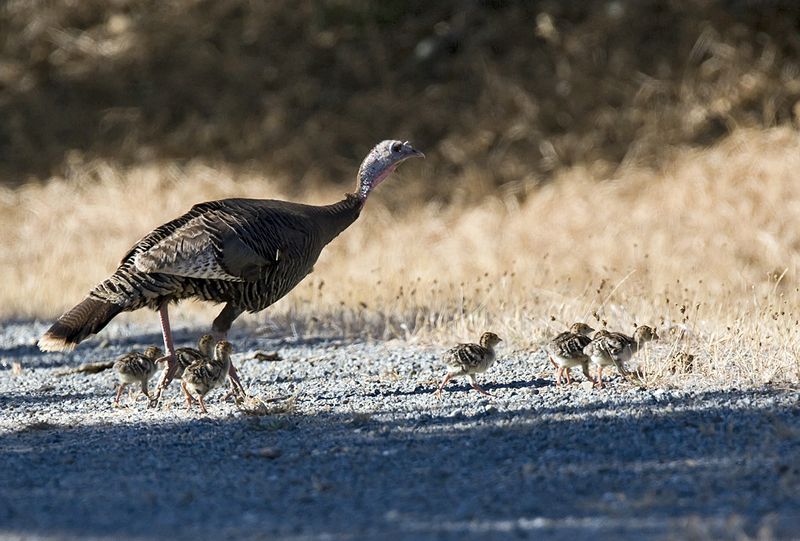
While the Mayans most likely ate turkeys like most other people, they also found many other uses for the birds that were quite unique to them. Mayans would often pick their bones and feathers to create various tools, from fans to musical instruments. Archaeologists have found many turkey bones in Guatemala where the Mayans lived, which makes it very likely that they have domesticated them for their wonderful benefits. Raising turkeys as pets isn’t the only weird thing that the Mayans did. They also gave their children names based on the calendar. Here’s the reason why…
How Mayans Chose Their Children’s Names
Most people today take a great deal of time to name their babies. Mayans had a much simpler way to go about these things, they would choose their child’s name from a short and predefined list that was based on the current day in their Mayan calendar.
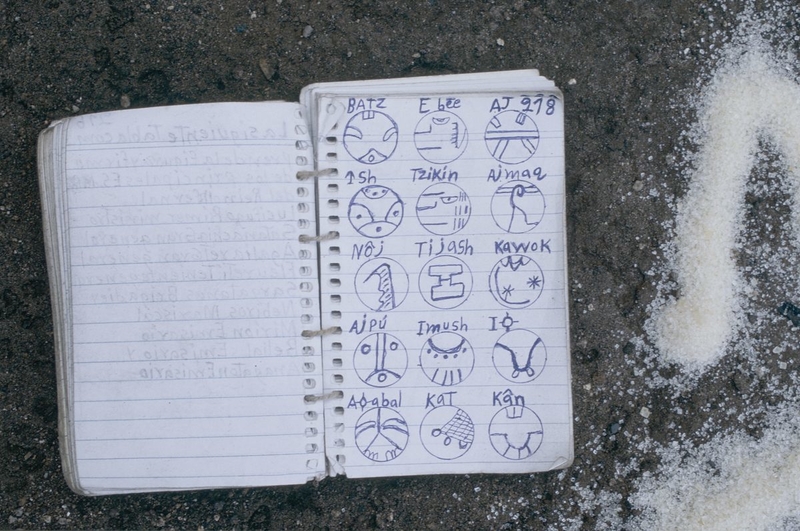
For the Mayans, names were an important part of their culture and a way for them to pay honor to their gods. We’ve already explained in depth why their calendar had a very spiritual and important element to it that supersedes any other consideration. For Mayans, failure to follow the calendar meant the probability of death. That’s why they chose to base their newborn children’s names on the day in the calendar that the birth took place. The Mayans also engaged in some excruciating and dangerous tattoo work over their bodies. Here’s why…
Some Mayans Got Painful, And Sometimes Deadly, Tattoos
After hearing about everything from mind-altering enemas to the world’s first dental grills, you’d expect tattoos to be one of their more normal routines. Almost everyone gets tattoos nowadays, it’s safe, cheap and a creative outlet. Back in the Mayan days though, these body arts were quite rare.
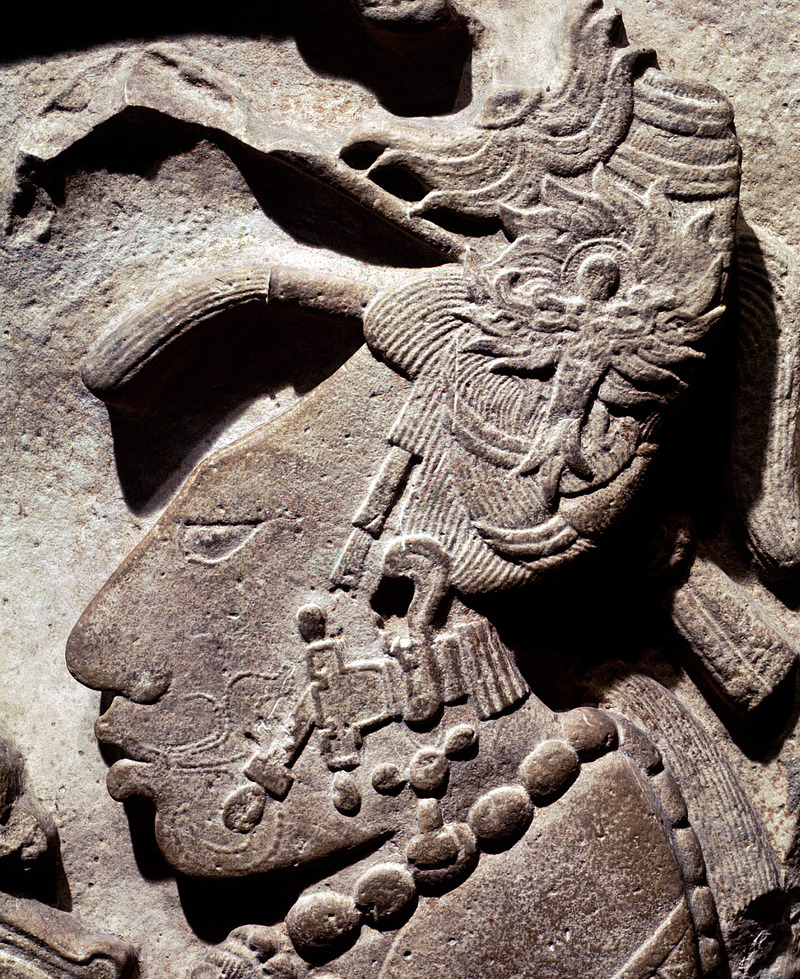
Most Mayan men would get tattooed after getting married, females would also get them, although at a lower rate. The main reason for the considerably lower popularity of tattoos in the Mayan culture was because they were extremely painful. They were done using scalpels that would literally cut into the flesh. This would often cause disease and infections. So if one Mayans who got tattoos and survived, they were looked upon as heroes.
Mayans Paid Homage to Deities Through Body Art
Beyond the mere glory of living through the pain and infections involved in getting a tattoo, these were also a way for the Mayans to pay respect and homage to their gods. With a list of over 150 of these supernatural beings, there was quite a long list of potential gods to worship and hopefully find the favor of.
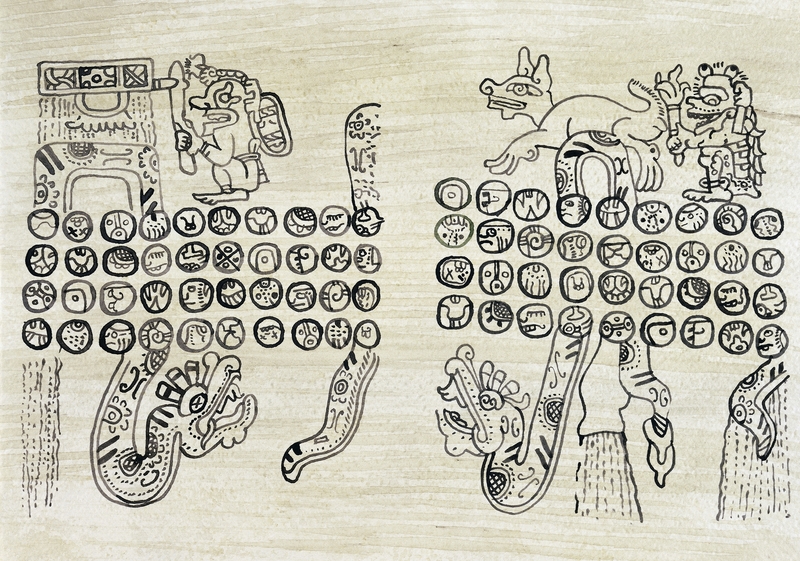
Tattoos were also a way for Mayans to display their high place in the social hierarchy, as having one of these often meant that you have either a high social standing, specialized skills, or religious power. The pain and blood loss during the process was also considered to be a sacrifice to the gods, which was always quite welcome in the Mayan culture.
Their Story of Creation is Almost Identical Sounds Pretty Familiar
Everyone knows very well the story of creation from Genesis. God created the heavens and the earth in six days, he then rested on the seventh and blessed his creation. The Mayans had a very similar story, where according to their mythology, God created the animals, then clay and wood, and finally, us human beings. The Mayans believe that people were created out of maize, as an “art piece” by the gods.
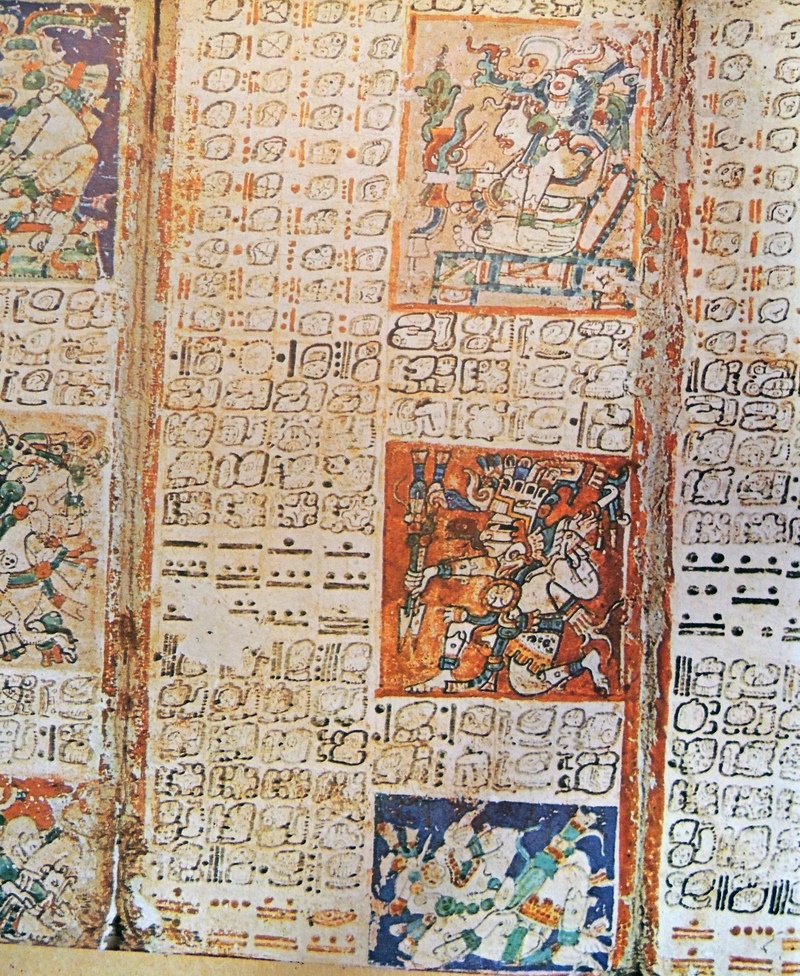
August 11, 3114 BCE marks the creation of the world of human beings, according to the Mayans. This is pretty elaborate compared to the traditional Jewish, Christian and Muslim ones.
The Mayans Were For Diversity Way Before The PC Era
Mayans only had one traditional language, which has been verified after extensive research by archaeologists and historians. Over the years, this language had been divided into over 70 different languages and dialects. This was a real Babel’s Tower case, as the abundance of languages often proved to be a detriment to their unification.

There are currently a few million Mayan descendants today, and their culture has remained largely unchanged — although it had certainly become less violent as human sacrificing is now a crime, thank God. Most of these Mayans are bilingual and speak Spanish fluently.
Mayans Were A Pretty Violent Bunch
While Mayans were known in-part for some pretty hippish practices, like going on mushroom-induced psychedelic trips, enemas, and licking toxic frogs, but honestly, they could be brutal. They loved war, and weren’t afraid to engage in some of the most horrific human activities imaginable.
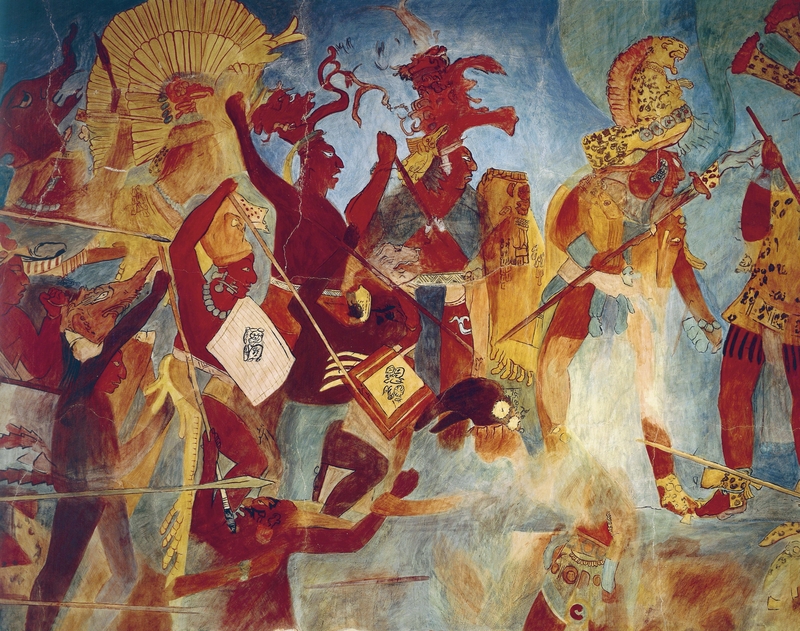
They often got into battles with their northern neighbors, the Aztecs, were equally known for their brutality. So, massacres, human sacrifices, and just gruesome sites weren’t a big deal to the Mayans.
Mayan Literature Sadly, Destroyed
The Mayan civilization was a real powerhouse of knowledge, with many volumes of books detailing their mythology, culture, and philosophy. This was a literate civilization and had various glyphs that served as their written language, often representing words, syllables or entire sentences with just one glyph. since most of them were destroyed by the invading Spanish forces.
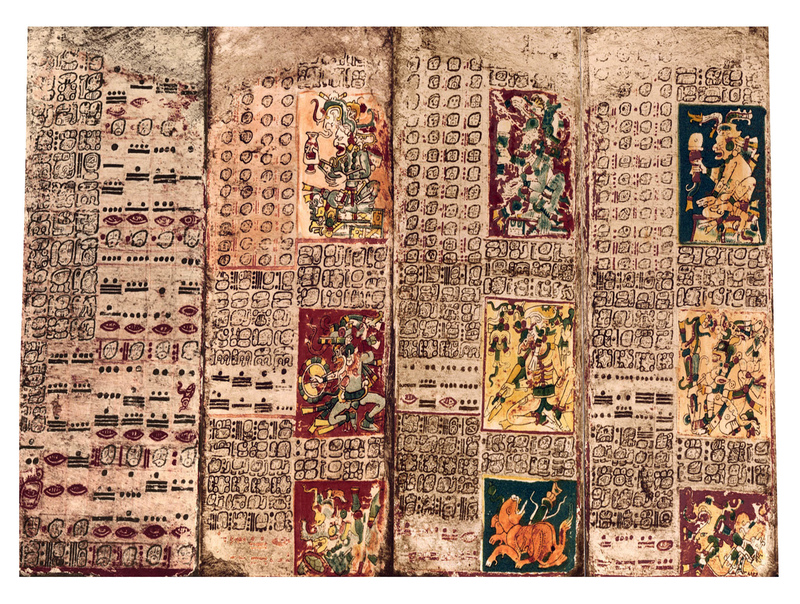
It took historians and language experts many years to decode their complex language system, but unfortunately, we won’t have the opportunity to enjoy their many written works. Mayans had a large library of written knowledge, called “codices”. There are only four of these codices currently in the hands of researchers, and there’s not a lot of optimism that any others will be found in the future.
Mayans Were Fascinated With Astrology As Part of Their Religious Beliefs
One of the coolest things about the Mayans, which led to their claim to fame during the 2012 apocalypse mania, is an utter devotion and expertise in astrology — They followed everything from the patterns of stars, the shape, and movement of the moon and the sun, even various planets were a big part of their research.
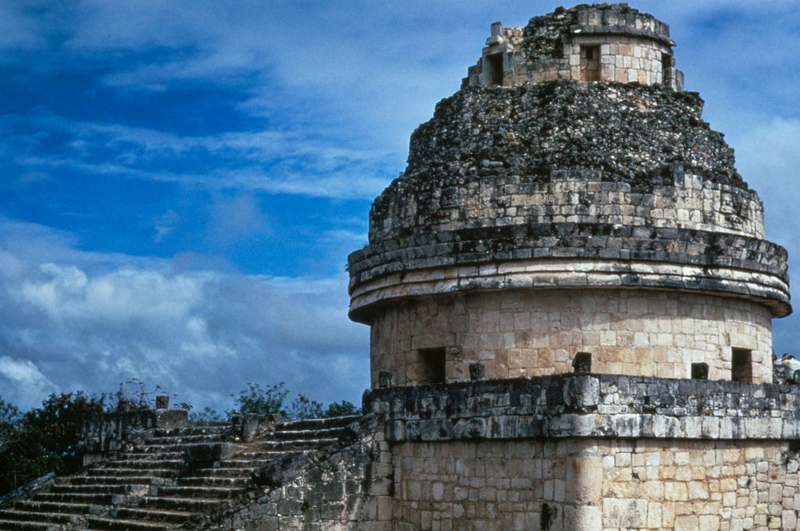
Mayans believed that these stars and their movements were a part of the vast interplay between their various gods. They weaved the earth, sky, and space into their mythology as representatives of heaven, earth and the underworld, which was referred to as “Xibalba”.
Mayans Traded Goods Way Before ECommerce Was a Thing
From an extensive road system, which covered hundreds of square miles of jungles to their reliable irrigation system, which provided water for millions of their citizens… the Mayans also had a complex, dynamic and active trading system, which enabled them to exchange various goods and commodities with each other.
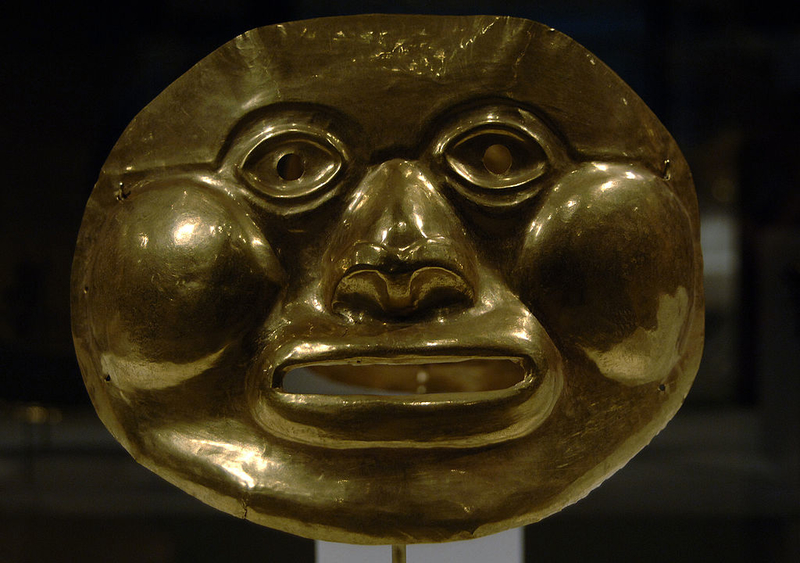
And this was way before money was a thing of course. Mayans traded everything from food, clothing, salt, tools, and even weapons. Outside of these basic necessities, upper-class Mayans also traded more prestigious but not survival-related items, such as bright feathers, jade, obsidian, and gold.
Mayan Royalty Was Thought To be Related to the gods
One last interesting bit about the Mayans is that they had what’s called a “ruling class”. Each of the Mayan city-states had a ruler, often referred to as a king or Ahau. The king acted as an intermediary between the people and the gods and was believed to be a direct descendant of the sun, moon, and planets, which meant that he was divine or “above” the others.
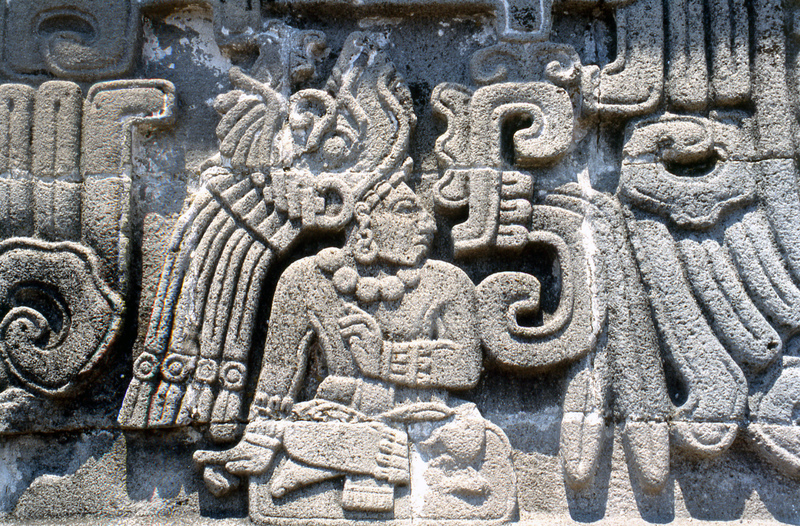
The kings were expected to lead both in warfare and in games of Pitz. When the king died, he (or she) was replaced by his male next of kin, although some evidence shows that women also ruled from time to time.
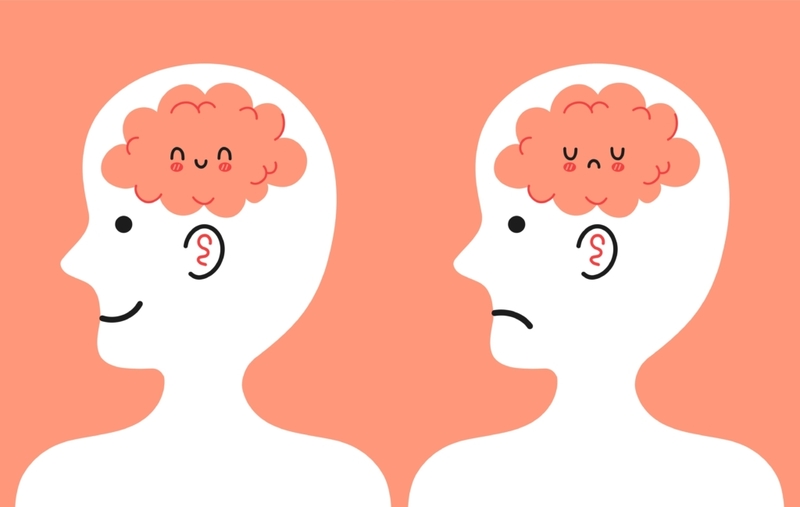
Increase Your Dopamine Levels in 4 Simple Steps
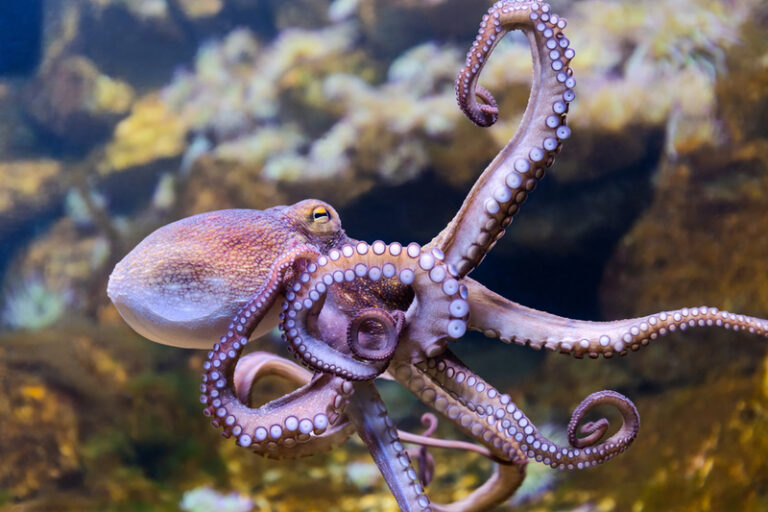
Curious Facts About Octopuses

Things We Are All About to Stop Using

Through the Lens of History: Images That Shaped the Last Century
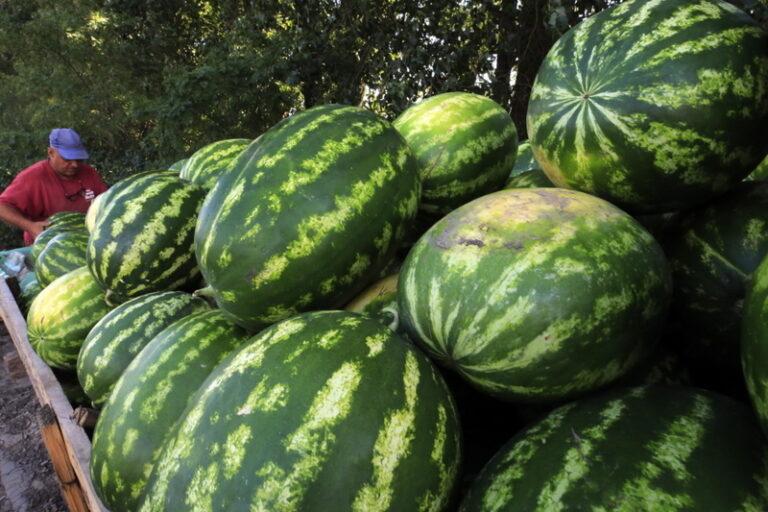
Things That Last and Things That Don’t: Everything About the Shelf Life of Common Household Items

The Coolest Things Ever Found Trapped in Ice Part 2

Cringe Worthy Car Trends That Have Got To Go
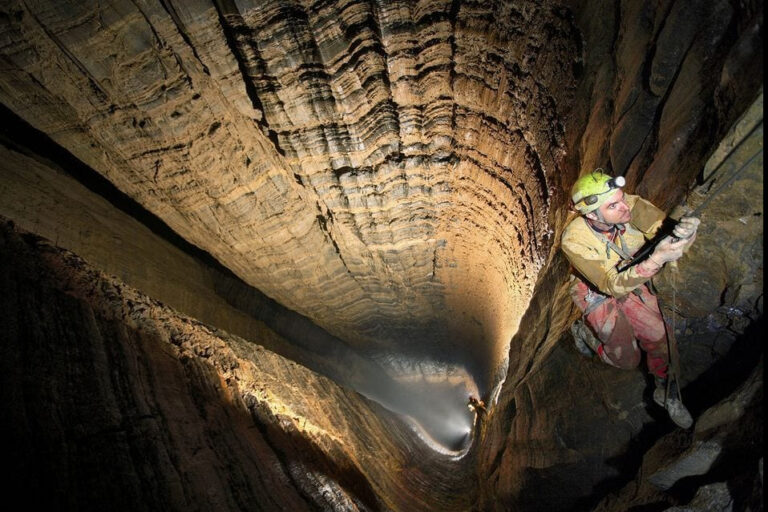
Inside The World’s Most Majestic Caves

Crazy Inventions You Need to See to Believe

The Most Bizarre Weapons Used by U.S. Navy Units
